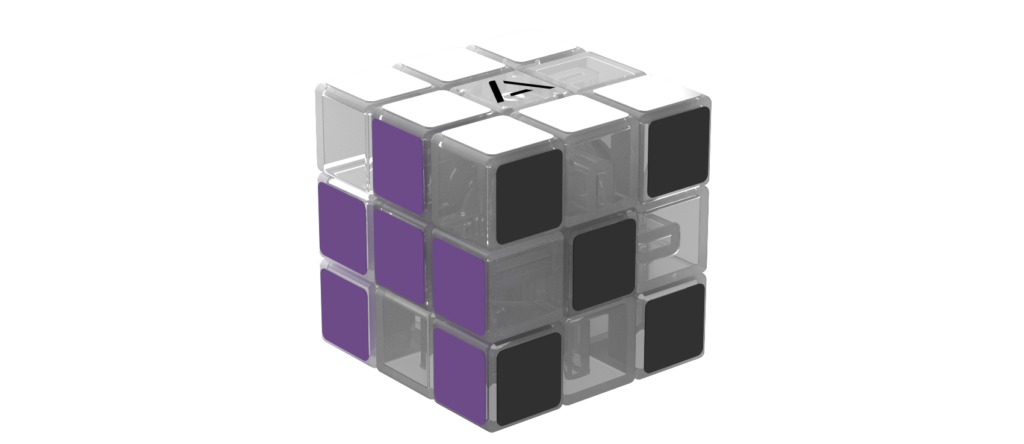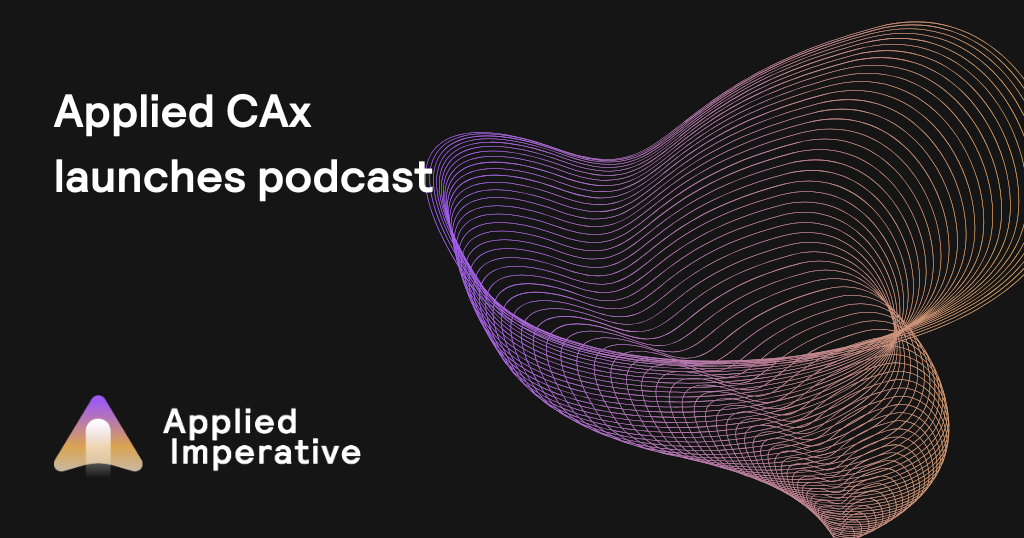The WAVE linking capabilities of NX can greatly influence the decision to implement NX from Siemens Digital Industries Software. When done correctly, WAVE linking capabilities make controlling information, associativity, and complex configurations easy to manage.
You can easily see where everything is happening and lock down the WAVE to a timestamp or a point in the history of the part design.
Let us explore how you can utilize NX WAVE link capabilities.
Overview – what is a WAVE Link?
A WAVE Link is an out-of-the box capability to distribute geometry from one file to another and convey the change of that geometry.
Why use a strategy for WAVE?
When WAVE is used without a strategy or without best practices, we tend to see a lot of circular references and a spider web of references instead of an organized top-down approach.
When this occurs, you are likely to have a lot of errors and long load times. What should take minutes to open could take hours. The cause is circular references, overuse of WAVE Links, and not having a planned best practice design methodology.
What is the solution?
We’ll cover the generalized best practices, the how, and the more significant experience-based why. How they apply, though, depends on your specified design and process use case.
Top-down design
Top-down design is a system that defines components. The top down is where your WAVE Links, your updates, and your dynamic components will live. It does not encompass all your components or parts. It could have some limited, if necessary, off-the-shelf components.
These are your driving and driven components. The input source is your main dynamic shape. It could be, for example, the outside structure or shell of the battery module. Or in the case of a rocket, it could be the outside, aerodynamic shape of the rocket or the outside aerodynamic shape of a plane.
As this information flows down from the drive to the driven, you will want to design this structure so that information is flowing down through it as a waterfall. The output will be an assembly of your detailed, dynamic components at the bottom so you can see the output.
Bottom-up design assembly
Bottom-up design assembly is a collection of the components that define a system. All the pieces will come together and create your complete bill of materials structure. This will include everything. It will include the output of what was dynamic components from the top-down assembly, that are now static and defined, and they are brought into the bottom-up assembly along with the purchased and defined or supplied components/imported models. As these flow up to the top of the bottom-up assembly, the result is a complete engineering bill of materials.
Is your design a good fit?
If your product is a good fit for top-down design the product’s primary input should be clear. For example, in the case of a car battery module, going from a small coupe to a medium coupe – you know the module is mounting inside of the car, you know how it is going to fit, and where the defined spaces are. You have a clear definition of everything that is going to change for the module to fit from a small to a medium coupe. The primary driving geometry in the top-down design is the one expected to change during the program, and the topology is stable.
However, if the scenario changes from a small coupe to a medium sized truck, the battery module assembly now has too much change to be stable. With these two scenarios you can see examples of good candidates and bad candidates.
Iterate on your process
Iteration will happen often, and that is where you can improve the stability of the top-down driven design, include these updates in your documentation, and then coach your team on them. Limit access to the upper levels of the top-down design structure to the above average users and as few users as practical. The rest of the design users should be bound to being component owning consumers.
Enterprise consumers should have no access to or knowledge of the top-down design structure. They will use the bottom-up design structure. So, identifying the input and the output- what is driving, and what is the product definition- is especially important. Now you can develop the top-down design strategy.
Make a plan
The most crucial step is taking a holistic look at your entire product and process. Step back and look at your product, look at the input, look at the output, look at the unique design groups and the different systems you have, how things flow, what is purchased, and what is not. Then take this information and your experience to your company and draw this out on a whiteboard, planning it all out.
Do not just jump into the design and start designing without doing this. This is what we often see. And the result is a mess. Your first time will not be perfect. It will be bad, but by starting here, it is much better. Think it through and have someone do a test design of the product, running through a simplified design. See how it works, try to improve it, and then come back, and release it to a real product design process. Keep an eye on it as it goes through the design process and adjust as needed.
How do you look at what is the driver and what is the driven in your design?
The driver is the WAVE source and the driven is the WAVE destination. In the case here where you have a bulkhead, a motor mount, and a motor, you might have a system where you are manufacturing the motor mount and purchasing the motor. In this case the motor mount is the driver and the motor is the driven. You need to bring your motor into this top-down design. As you change the motor mount to work with the structure around it and you will need to know that it also still works with your purchased motor.
This is where you get that feedback on what works. Additionally, you will get some points here on how you drive this down through the structure. Make the flow overtly clear in one way. Again, try to keep it simple – a nice waterfall flow.
Don’t skip assembly levels and tiers, and don’t link across assembly nodes
Avoid creating WAVE Links in the bottom-up design or engineering structures. Try to complete all your WAVE associativity in your top-down design. The bottom-up assembly is a collection of all final and complete component designs. Bringing it all together with the designed and purchased components. If you do WAVE linking in your bottom-up, you are not able to control the structure as much, so you end up with cross linking. This causes circular loops and long load times. NX is going to be forced to load every other subassembly that has information that it needs, and if it does not, then it is going to fail to update. The result will be both long load times, and failed updates.
Monitor and police the structure so that you do not have these issues. The NX Relations Browser allows you to review the WAVE Link structure of an assembly. Is it nice and overtly clear? Is there a nice flow of information or is it a spider web mess with cross links? Try to catch these issues early so that you can have a meeting with your SMEs and try to find out what happened, get a resolution, and move on. Capture the information on how it happened so that you can prevent it in your next iteration.
Summary
- The purpose of top-down is to enable WAVE robustly. It is a structure that’s designed to enable a robust WAVE interface.
- Bottom-up is a way of bringing your final designs all together with your purchased components, your designed components, and creating your overarching product assembly. This is the assembly that includes everything used to make your product.
- Focus on single interpart relationships. Avoid WAVE link interactions with other conflicting, confusing, complex interpart relationships.
- Reduce or limit your usage of interpart expressions. They are hard to troubleshoot and are not as clear. Lighten the WAVE link as much as possible. Maximize your configuration control and make working with WAVE linking more robust. You will have fewer issues and faster load times.
- One of the key things to do is to systematically turn on your delay link update in NX so that when you are making changes, you will not see the result of those changes until you are ready. By enabling the update, you are taking control of when the update happens.
- Use context independent WAVE Links. This means turning off context dependent in your WAVE Links. Context dependent means the WAVE Link is going to get the position information, in addition to the face information. Whenever you are getting the position of the component in addition to the face, it will create longer load times due to the amount of information being passed.
- Make sure to update the structure and release the structure from the top down. If you do not, you are going to either freeze or break your WAVE Links. Make sure to alert the component owners of the updates or the release of the top down.
- It is important to understand the general recommendations and think about how or if they apply to your design use case or process use case and then, take that information, develop an executable plan, and then last open NX to execute the plan.
At Applied CAx, we do this every day. We work with our customers alongside them. We have had proven use cases with our customers doing just this. Let us know if you would like to discuss your needs with one of our experts.
By Michael Grant
Design & Manufacturing Services Manager at Applied CAx








